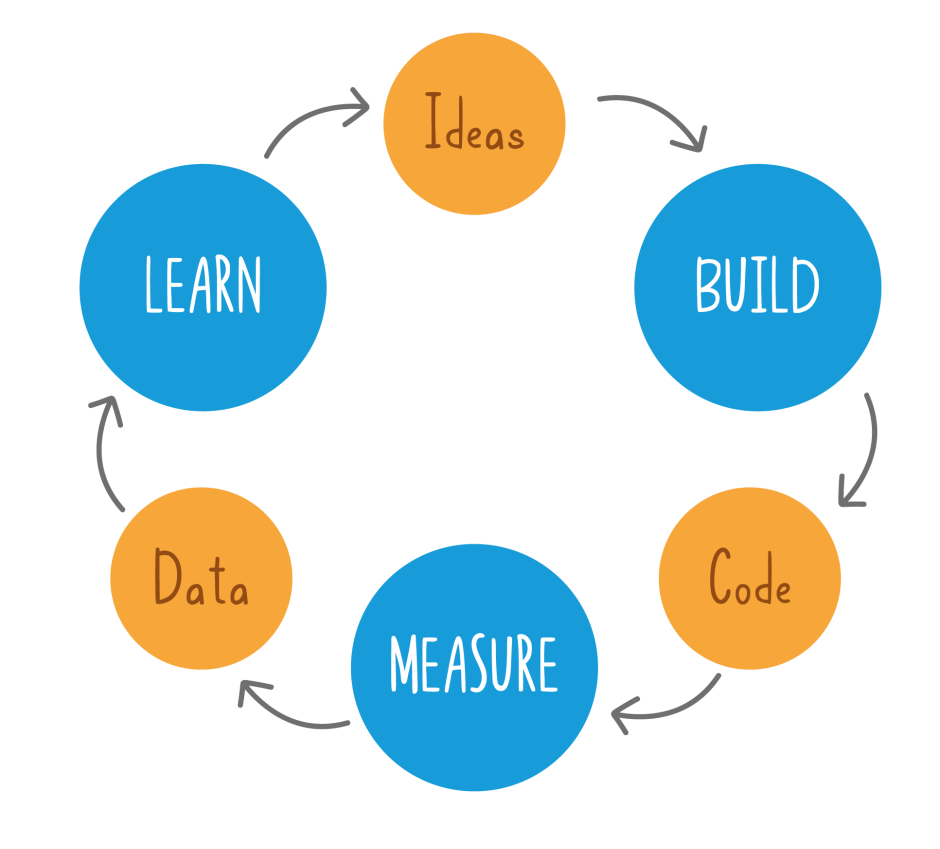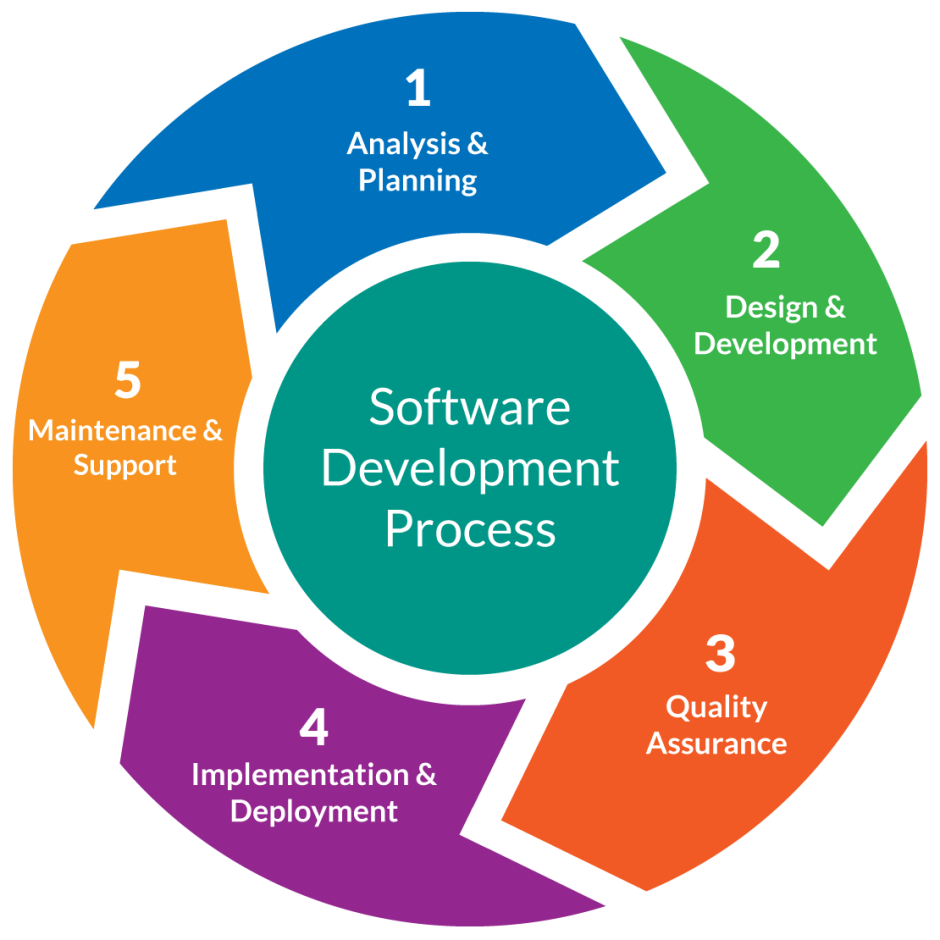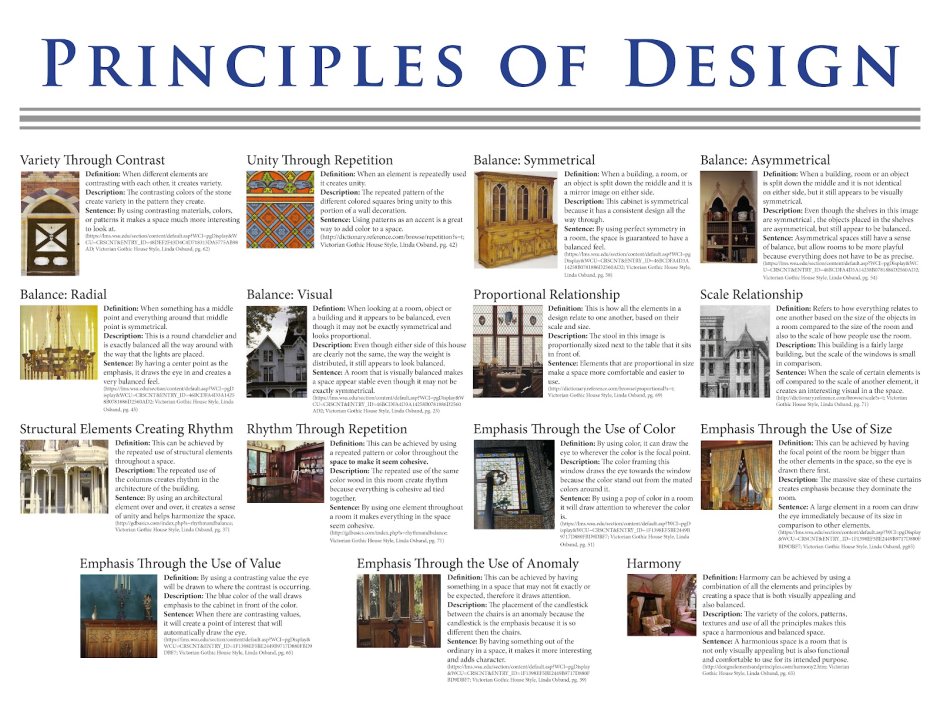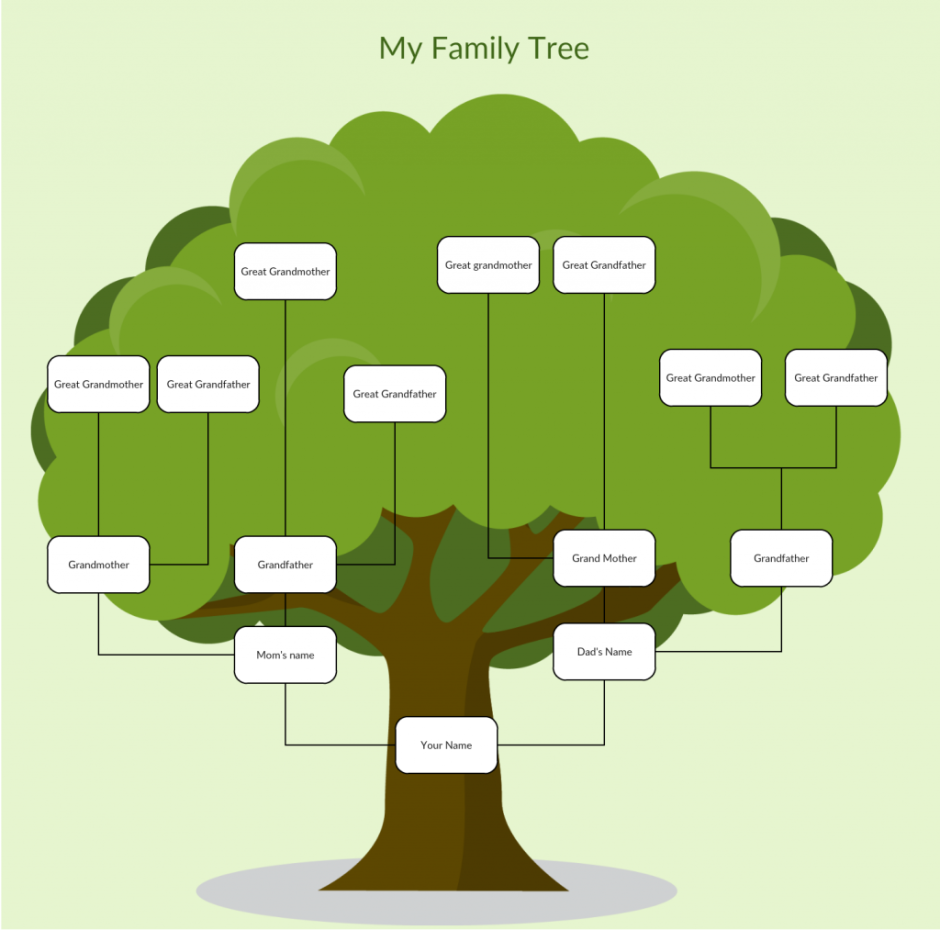Lean vs agile
When it comes to project management methodologies, two popular approaches that often come up are lean and agile. Although they share some similarities, they have distinct differences that set them apart.
Lean methodology focuses on eliminating waste and maximizing efficiency. It originated from manufacturing practices but has since been adapted for various industries. The key principles of lean involve continuous improvement, value stream mapping, and just-in-time production. By identifying and eliminating non-value-added activities, lean aims to streamline processes and enhance productivity.
On the other hand, agile methodology emphasizes adaptability and flexibility. It was primarily developed for software development but has found its way into other sectors as well. Agile teams work in iterative cycles called sprints, where they deliver small increments of work and gather feedback regularly. This iterative approach allows for quick adjustments and frequent collaboration, enabling teams to respond swiftly to changing requirements.
While lean focuses on efficiency, agile prioritizes agility and responsiveness. Lean aims to minimize waste and optimize resources, whereas agile focuses on delivering customer value through incremental development. Both methodologies promote continuous improvement and require strong communication and collaboration within teams.
Choosing between lean and agile depends on the specific needs and nature of the project. If your goal is to streamline processes and eliminate waste, lean might be the better fit. However, if you anticipate changing requirements or value flexibility and adaptability, agile may be the more suitable option.
Ultimately, whether lean or agile, both methodologies offer effective solutions for managing projects and achieving success. It's important to assess your project's requirements, team dynamics, and client expectations to determine which approach aligns best with your goals.



































































